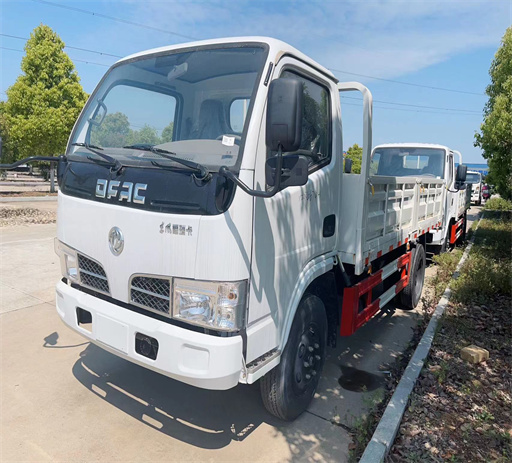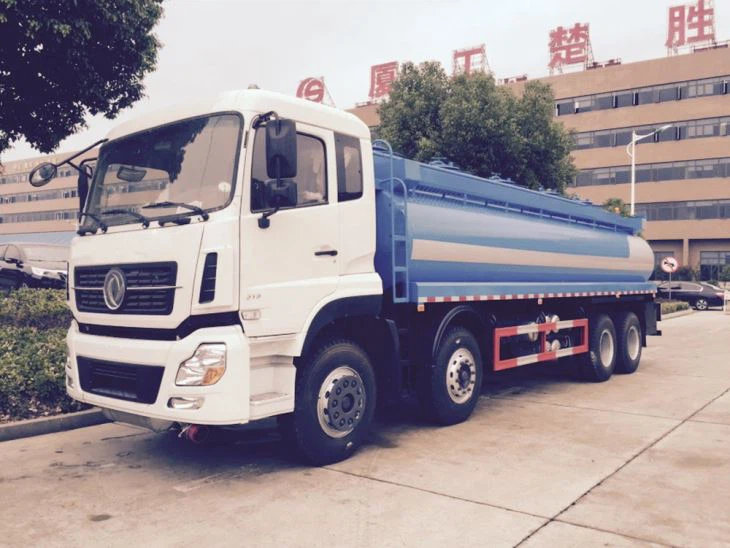Unlocking Efficiency: The Ultimate Guide to Harmony Balers

Introduction
In the realm of agriculture and farming, efficiency and productivity are crucial. The harmony baler serves as an essential tool for farmers who are looking to optimize their baling processes. This article will delve deep into the world of harmony balers, exploring their features, benefits, and tips for effective use, while ensuring you gain a comprehensive understanding of why they are a key asset in modern farming.
1. What is a Harmony Baler?
A harmony baler is a specialized agricultural machine designed to compress and bind various types of forage, including hay, straw, and silage into neat bales. These bales facilitate easier handling, storage, and transportation. Harmoniously integrating technology and mechanics, these balers enhance production efficiency while maintaining the quality of the materials processed.
1.1. Types of Harmony Balers
There are several types of harmony balers, each tailored for specific agricultural needs:
- Round Balers: Produce cylindrical bales suitable for large-scale operations.
- Square Balers: Create rectangular bales, often preferred for storage and transportation.
- Mini Balers: Designed for smaller farms, producing smaller bales for easy handling.
2. Key Features of Harmony Balers
Understanding the essential features of harmony balers can help farmers choose the best model for their needs.
2.1. Automatic Baling System
This innovative feature streamlines the baling process by automatically ejecting bales as they are formed, reducing labor costs and increasing output.

2.2. Adjustable Bale Size
The ability to adjust bale size is crucial for customizing the baling operation based on crop type and storage conditions. Most harmony balers allow for easy size adjustments.
2.3. Durability and Build Quality
Constructed with heavy-duty materials, harmony balers are designed to withstand the rigors of daily use. This durability translates to lower maintenance costs over time.
3. Benefits of Using Harmony Balers
Investing in a harmony baler can significantly enhance productivity and efficiency on the farm.

3.1. Enhancing Productivity
With automated systems and efficient designs, harmony balers can drastically reduce the time and labor needed for baling, allowing farmers to focus on other tasks.
3.2. Improved Material Quality
By compressing and binding forage correctly, harmony balers ensure that the quality of the material remains high, which is vital for feeding livestock.
3.3. Cost-Effective Operation
The long-term savings associated with reduced labor and maintenance make harmony balers a cost-effective choice for farmers.
4. Tips for Operating a Harmony Baler
Proper operation of your harmony baler can maximize efficiency and prolong its lifespan.
4.1. Regular Maintenance
Conduct regular maintenance checks to ensure all mechanical parts function optimally. This includes lubrication, checking belts and chains, and replacing worn components.
4.2. Understand Crop Conditions
Harvesting crops at the right time is essential. Ensure that forage is adequately dry to avoid mold and maintain quality.
4.3. Optimal Settings
Adjust the baler settings based on crop type and the desired bale size for optimal results.
5. Comparative Analysis of Popular Harmony Balers
The market offers several models of harmony balers. Here’s a comparative overview:
| Model | Type | Price Range | Key Features |
|---|---|---|---|
| Harmony Pro 2000 | Round | $25,000 – $30,000 | Automatic bale eject, heavy-duty frame |
| Harmony SmartBale 150 | Square | $20,000 – $25,000 | Adjustable bale size, efficiency monitoring |
| Harmony Mini Bale 50 | Mini | $15,000 – $20,000 | Lightweight, easy to transport |
6. Frequently Asked Questions (FAQ)
6.1. What maintenance is required for a harmony baler?
Regular maintenance includes lubricating moving parts, checking belts and chains for wear, and inspecting the pickup system and knives for blockages.
6.2. When is the best time to bale hay?
The best time to bale hay is when the forage is fully dry, typically in the late afternoon when the sun is out, to minimize moisture content.
6.3. Can a harmony baler be used for different crop types?
Yes, harmony balers are versatile and can handle various crop types, including hay, straw, and silage.
6.4. How do I choose the right baler for my farm?
Consider factors such as the scale of your operation, the type of crops you grow, and your budget when selecting a baler.

6.5. What is the average lifespan of a harmony baler?
With proper maintenance, a harmony baler can last 15 to 20 years, although this can vary based on usage and care.
6.6. Are there any safety precautions for operating a baler?
Yes, always wear protective gear, familiarize yourself with the machinery, and never attempt to clear jams while the baler is running.
